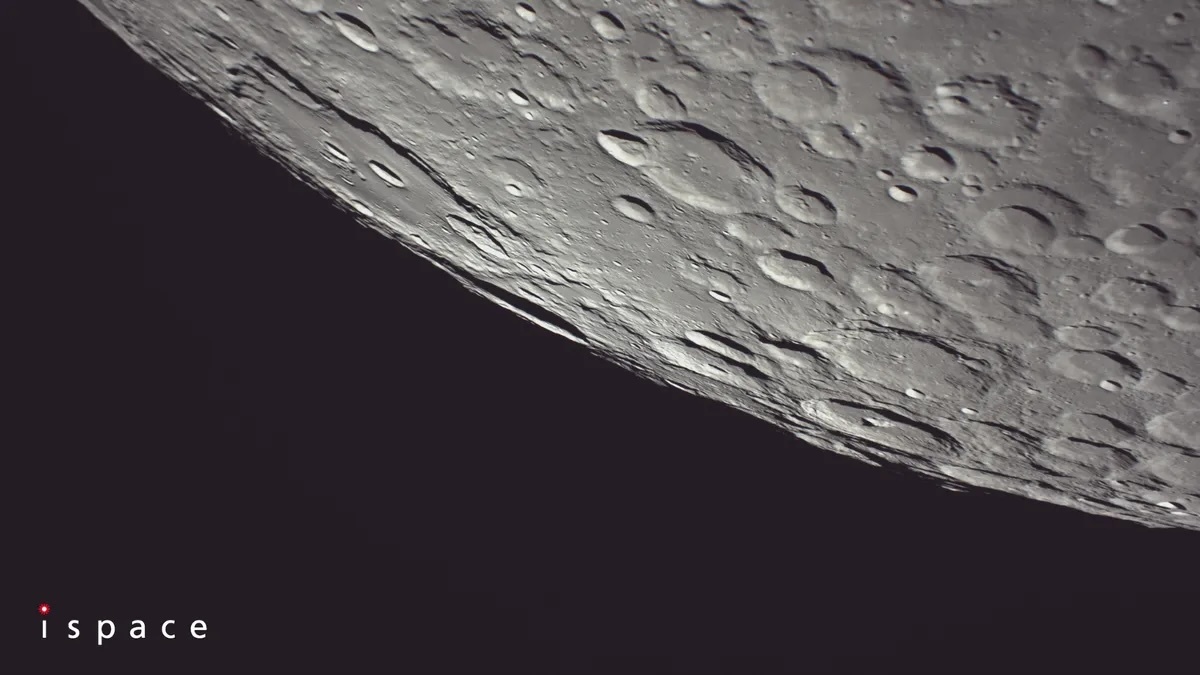5.03.2025
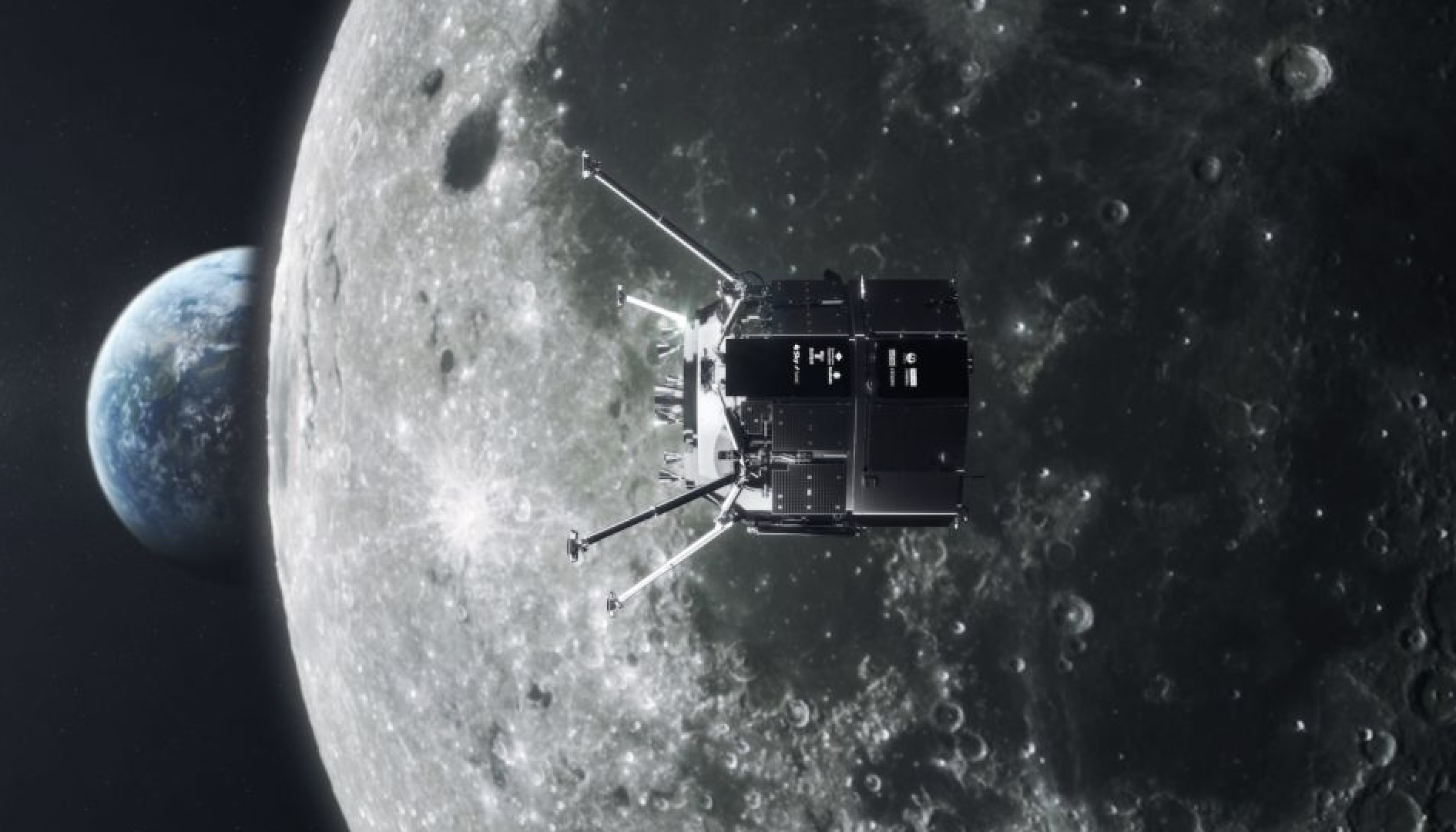
Update: 7.05.2025
.
Private Japanese lunar lander enters orbit around moon ahead of a June touchdown
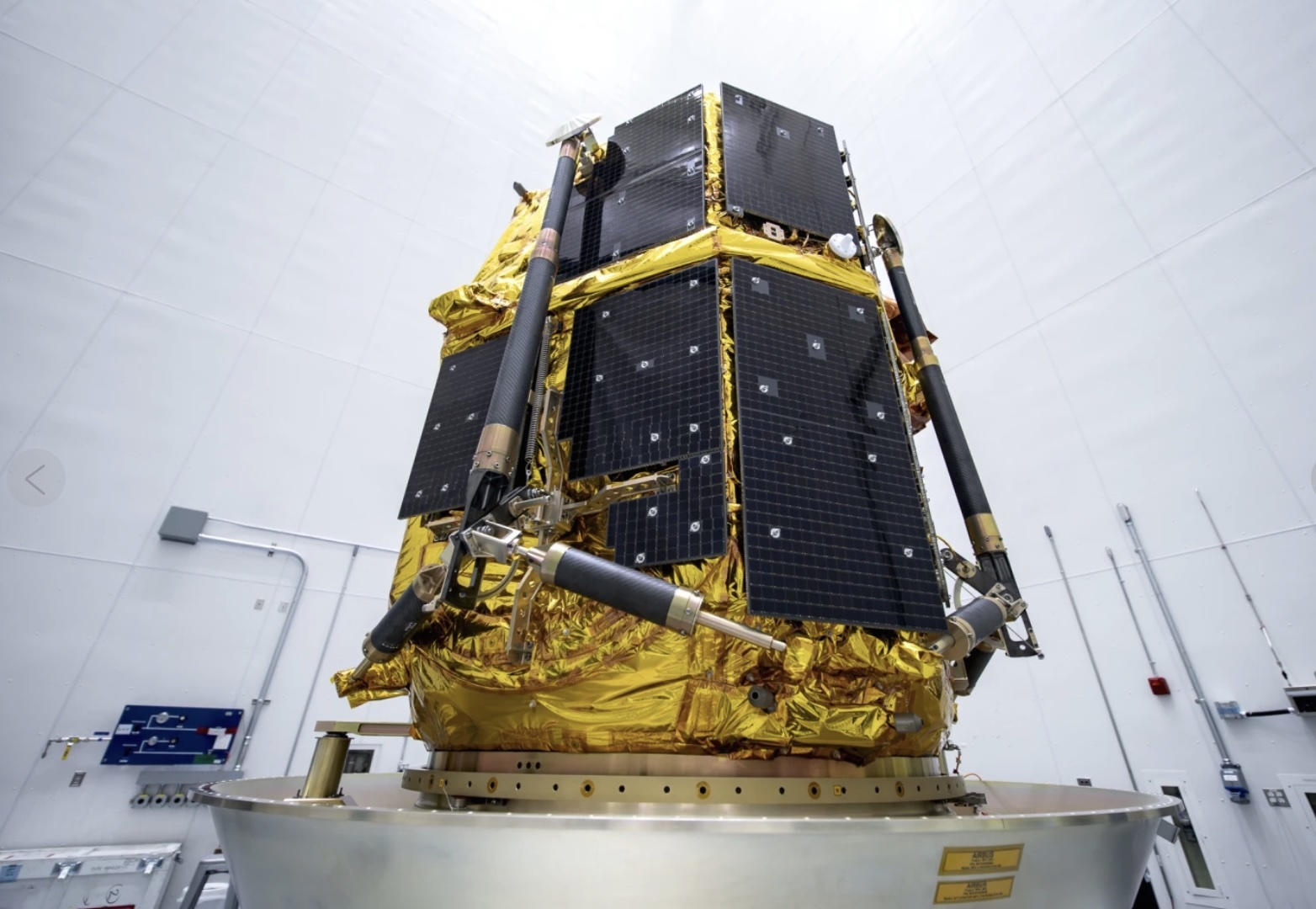
A private lunar lander from Japan is now circling the moon, with just another month to go before it attempts a touchdown.
Tokyo-based ispace said Wednesday morning its Resilience lander entered lunar orbit.
“The countdown to lunar landing has now officially begun,” the company said in a statement.
SpaceX launched Resilience with U.S-based Firefly Aerospace’s lunar lander in January. Firefly got there first in March, becoming the first private outfit to successfully land a spacecraft on the moon without crashing or falling over. Another American company, Intuitive Machines, landed a spacecraft on the moon a few days later, but it ended up sideways in a crater.
Now it’s ispace’s turn. It’s targeting the first week of June for Resilience’s touchdown. The company’s first lander crashed into the moon in 2023.
The lander holds a mini rover equipped with a scoop to gather lunar dirt for analysis as well as other experiments.
Quelle: AP
+++
ispace Completes Success 7 of Mission 2 Milestones
TOKYO–May 7, 2025–ispace, inc. (ispace) (TOKYO: 9348), a global lunar exploration company, announced today that its RESILIENCE lunar lander successfully entered lunar orbit on May 7, 2025, at 5:41 a.m. JST (May 6, 2025, 20:41 UTC). This marks the completion of Success 7 milestone of Mission 2 “SMBC x HAKUTO-R Venture Moon.”
ispace engineers performed the injection maneuver from the Mission Control Center in Nihonbashi, Tokyo, Japan in accordance with the mission operation plan. The orbital maneuver required a main thruster burn lasting approximately 9 minutes, the longest to date during Mission 2. RESILIENCE is now maintaining a stable attitude in its planned orbit above the lunar surface. Mission operations specialists are now preparing for final orbit maneuvers after reaffirming ispace’s ability to deliver spacecraft and payloads into lunar orbit. A lunar landing is scheduled for no earlier than June 5, 2025 (UTC) (June 6, 2025, JST).
“First and foremost, we are extremely pleased that the RESILIENCE lander successfully reached lunar orbit as planned today,” said Takeshi Hakamada, Founder & CEO of ispace. “We have successfully completed maneuvers so far by leveraging the operational experience gained in Mission 1, and I am very proud of the crew for successfully completing the most critical maneuver and entering lunar orbit. We will continue to proceed with careful operations and thorough preparations to ensure the success of the lunar landing.”
Previously, RESILIENCE completed all deep space orbital maneuvers at on April 24, 2025, at 10:00 UTC, returning the lander from deep space near to the Moon in order to complete the orbit injection. At its furthest distance, RESILIENCE was 1.1 million kilometers from Earth. Before that RESILIENCE completed a lunar flyby, verifying operation of the main propulsion system, as well as the related guidance, control, and navigation system. Following the flyby, the lander continued its deep space journey, spending approximately two months in a low-energy transfer orbit.
RESILIENCE was launched on a SpaceX Falcon 9 rocket at 6:11:39 UTC, Jan. 15, 2025, and was successfully deployed from the rocket at 7:44:24 UTC. The RESILIENCE lander has completed the Earth orbit (① phase below) as well as the lunar flyby, known as Success 5. It has completed the low energy transfer orbit (② phase below) with completion of all deep space maneuvers and is now in lunar orbit.

Mission 2 Milestones
ispace has released a transparent set of criteria known as Mission 2 Milestones between launch and landing and aims to achieve the success criteria established for each of these milestones. The results from this mission as part of the HAKUTO-R lunar exploration program, will be weighed and evaluated against the criteria and lessons learned will be incorporated into future missions already in development.
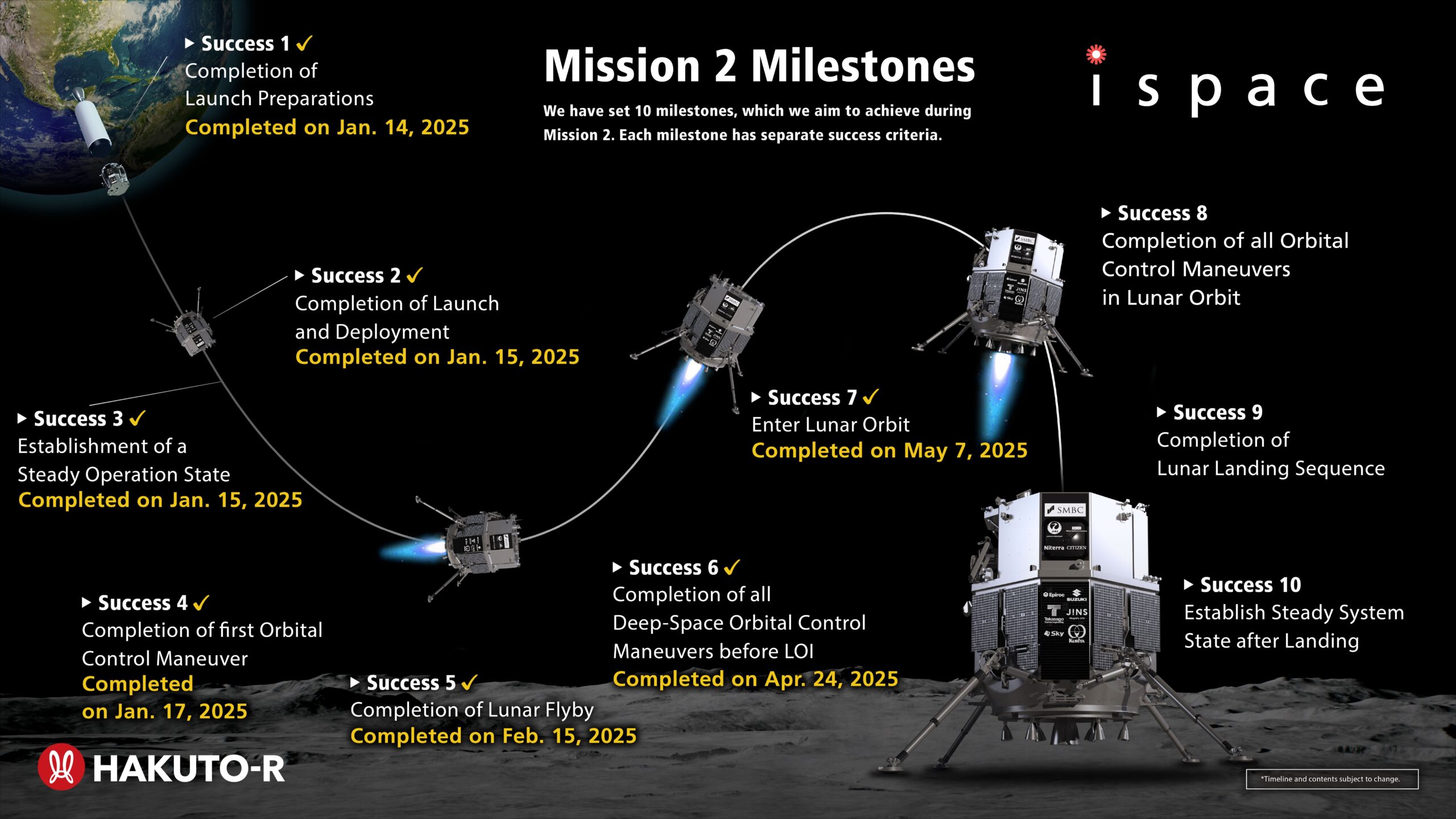

Mission 2 Payloads
On board the RESILIENCE lunar lander will be commercial customer payloads including:
- Water electrolyzer equipment: From Takasago Thermal Engineering Co.
- Food production experiment: A self-contained module from Euglena Co.
- Deep space radiation probe: Developed by the Department of Space Science and Engineering, National Central University, Taiwan
- Commemorative alloy plate: Developed by Bandai Namco Research Institute, Inc. and modeled after “Charter of the Universal Century” from the animation Mobile Suit Gundam UC
- TENACIOUS micro rover: Developed by ispace-EUROPE, this rover will explore the landing site, collect lunar regolith, and relay data back to the lander. It will be equipped with a forward-mounted HD camera and a shovel.
- Moonhouse: A model house by Swedish artist Mikael Genberg that will be mounted on the rover.
The RESILIENCE lander will serve as a cultural artifact, carrying a UNESCO memory disk that preserves linguistic and cultural diversity.
ispace is leveraging its global presence through its three business units in Japan, the U.S., and Luxembourg, for the simultaneous development of upcoming missions. Mission 2, featuring the RESILIENCE lunar lander, is led by ispace Japan and was launched on Jan. 15, 2025. In this mission, TENACIOUS micro rover developed by ispace Europe SA to be deployed on the lunar surface to conduct technological demonstration of regolith extraction as well as mobility on the lunar surface Mission 3, debuting the APEX 1.0 lunar lander, is led by ispace-U.S. and is expected to launch in 2026. The company’s fourth mission, which will utilize the Series 3 lander, currently being designed in Japan, is scheduled to be launched by 2027.
Quelle: ispace
----
Update: 18.05.2025
.
NASA’s LRO Views Japan’s RESILENCE Lunar Lander Landing Area
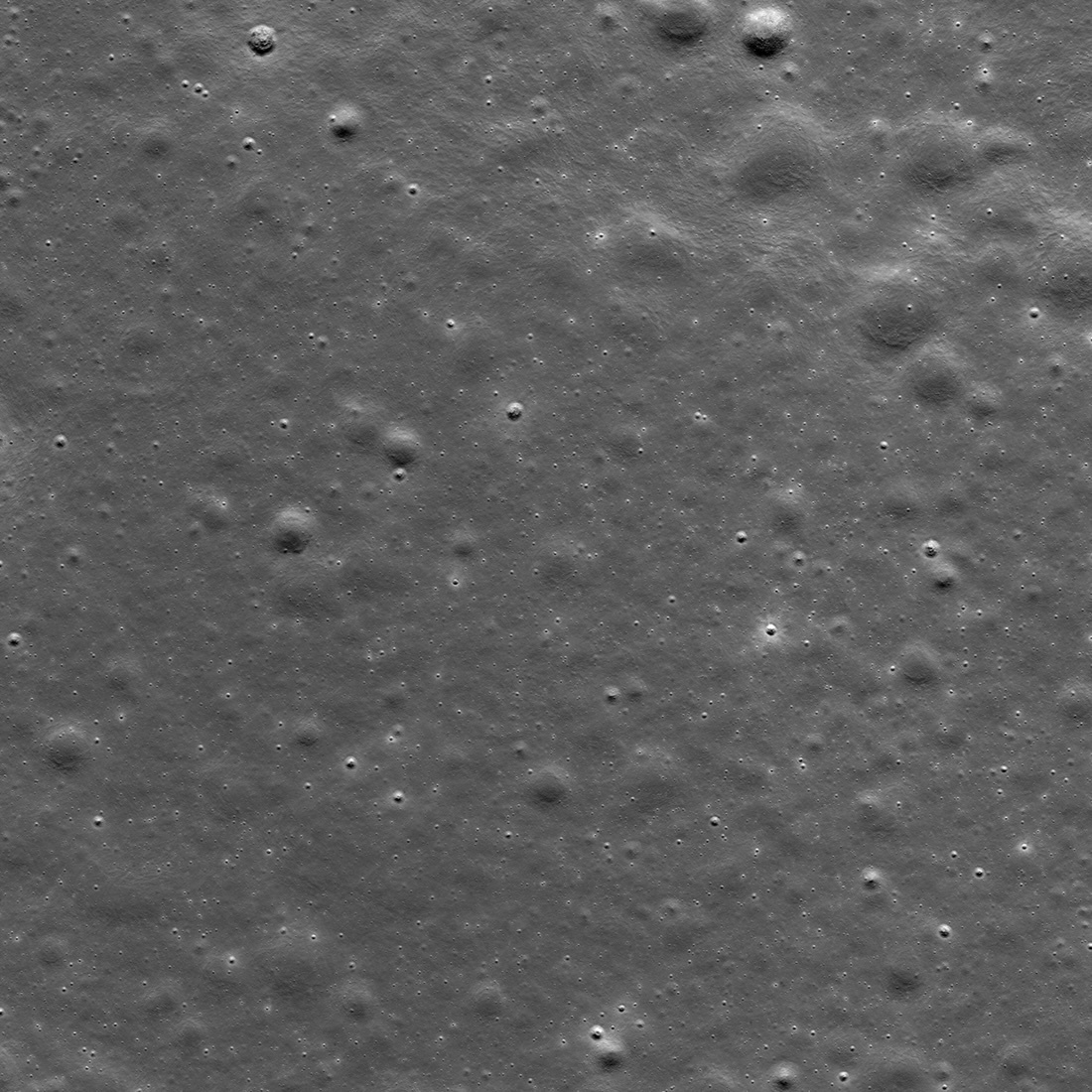
NASA’s Lunar Reconnaissance Orbiter Camera (LROC) imaged the landing area of the ispace SMBC x HAKUTO-R Venture Moon Mission 2 RESILIENCE lunar lander which is slated to land on the surface of the Moon no earlier than June 5, 2025 (UTC). This view of the primary landing area is 3.13 miles (5,040 meters) wide and north is up. The site is in Mare Frigoris, a volcanic region interspersed with large-scale faults known as wrinkle ridges. Mare Frigoris formed over 3.5 billion years ago as massive basalt eruptions flooded low-lying terrain.
Quelle: NASA
----
Update: 4.06.2025
.


